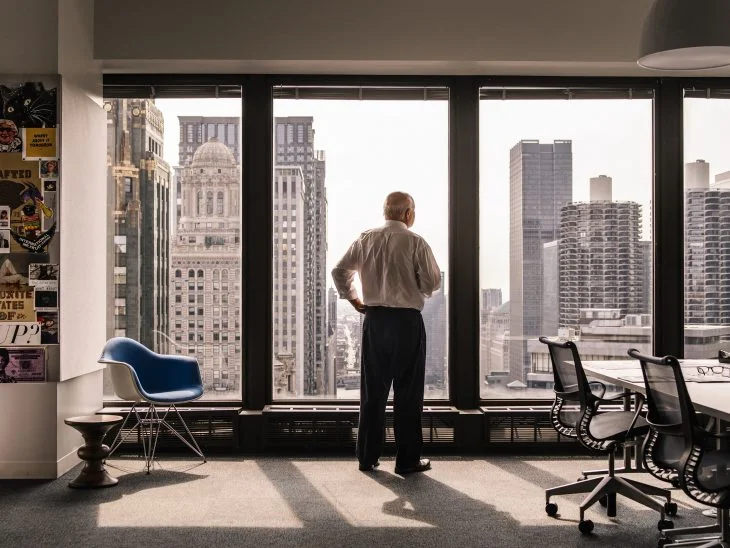It’s not uncommon for organizations that are very serious about getting their next workplace right to hire a futurist to crystal-ball a solution. How could you blame them? Like so many of life’s big, expensive decisions, it’d be such a relief if someone would just tell us what to do.
The opposite approach – to make decisions based on established industry benchmarks – is even more common. But this only perpetuates the status quo. Does it really make sense to use yesterday’s metrics to create your “workplace of the future”?
Instead of declaring what the next big trend will be, or looking over our shoulder at benchmarks, at Herman Miller we instead turn to the company’s long history of research and systems thinking to help customers make evidence-based design decisions about their workplaces. For example, in his 1968 manifesto, The Office: A Facility Based on Change, Robert Propst pointed to a unique growth structure informed by “the total behavior of an organization, its goals, values, [and] people.” Decades of research and development since then have shown us that this can be best communicated in terms of people, process, and place.
That’s the framework we use today to analyze and synthesize new data about how and where people work. The result is an ever-evolving series of insights that can help organizations evaluate the total experience of work in their workplaces and support it accordingly. It’s a holistic approach that helps us, and them, to understand where certain tools and solutions will fit into the larger ecosystem of their own particular work environments.
1. The increasing complexity of work demands greater collaboration and teamwork.
Consider using sensory design and implied space design principles to enhance mood, support environmental control, and help cultivate desired states of mind in your work environment. Image courtesy of Herman Miller.
When it comes to the people in a workplace, be sure to consider how this increase in collaboration and teamwork affects their experience. In this type of environment, employees must continuously be learning new skills as individual and team output becomes more specialized. People are finding that they need more autonomy to seek out the right collaborators, tools, and processes to achieve goals; they also need the flexibility to adapt quickly when conditions change. Face-to-face interaction – both in person and online – will become more important.
This can impact the design and management of a workplace in many ways. Programming and planning must go beyond departmental separation toward more agile spaces that can support a wider variety of work styles. Measuring space utilization and decreasing underutilized space can allow for an increase in new types of settings shared by individuals, teams, and the broader workplace community. And by taking a more nuanced and intentional approach to the design of sightlines and circulation, you can increase visibility into community areas, while also providing more “shielding” for areas where employees can focus on work that requires their full concentration.



